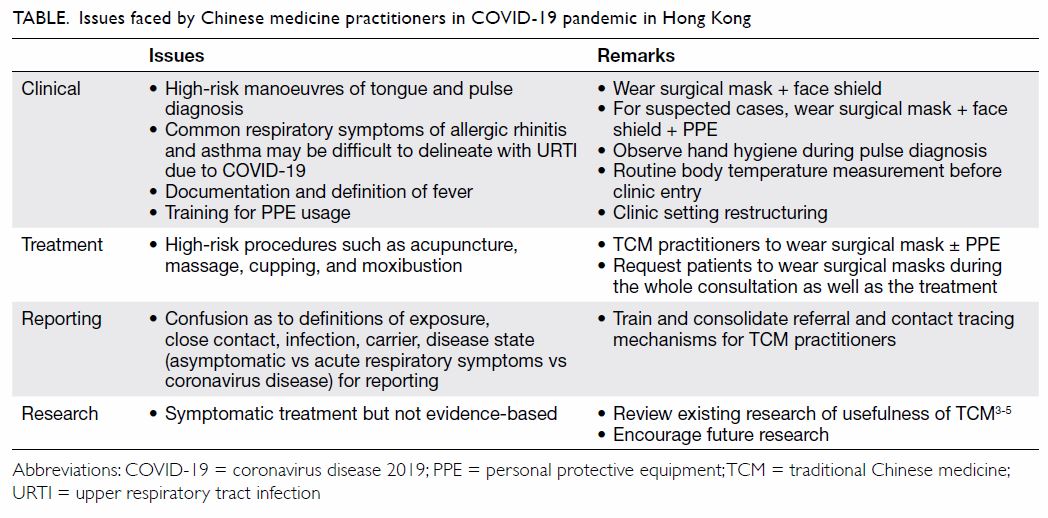Measles outbreaks are still here to stay
Hong Kong Academy of Medicine. CC BY-NC-ND 4.0
LETTER TO THE EDITOR
Measles outbreaks are still here to stay
Karen KY Leung, MB, BS, MRCPCH; KL Hon, MB, BS, MD
Department of Paediatrics and Adolescent Medicine, The Hong Kong Children’s Hospital, Kowloon Bay, Hong Kong
Corresponding author: Dr KL Hon (ehon@hotmail.com)
To the Editor—Measles outbreaks have been
reported in the Hong Kong Medical Journal in the
past 2 years.1 2 Such outbreaks occur worldwide,
including in countries where measles was previously
considered eliminated. In March 2019, there was
a measles outbreak at Hong Kong International
Airport involving airport workers, some with
documented evidence of at least two doses of
measles vaccinations.3 Fortunately, the patients were
all relatively young adults who experienced with
mild symptoms, and the basic reproduction number
of these cases was not high. In response to this
outbreak, control measures at the airport included
a vaccination programme and measles antibody
testing for airport staff. The Hong Kong childhood
immunisation schedule was also revised, so that
the second dose of the MMRV (measles, mumps,
rubella and varicella) vaccination is given at age 18
months (previously given at age 6 years) to enhance
protection against measles.
Measles vaccination uptake rate is declining
due to pockets of unvaccinated communities and
anti-vaccination movements, both of which might
have contributed to the recent outbreaks. To
eliminate measles, a continuously high (>95%) level
of vaccination coverage is required in all areas. Most
recent outbreaks of measles in developed countries
have been imported cases; thus, they are closely
linked to the aviation industry. Early recognition of
disease outbreak could prevent a global pandemic.
Therefore, it is crucial to have contingency plans at
every airport to prevent the spreading of contagious
diseases. Travellers should ensure their vaccination
status is up-to-date with two doses of measles
vaccination; infants from 6 months of age should
receive a supplementary dose of measles vaccine if
they are travelling to areas with measles outbreaks.4
Affected patients, especially school-age children,
should be isolated and quarantined at home for at least 4 days from the appearance of rash.
The 2019 measles outbreak saw a substantial
increase in the number of measles cases reported
worldwide relative to 2018. Such outbreaks will
occur again if we do not learn from the past. The
only hope to truly defeat measles is for humankind
to work together.
Author contributions
The authors had full access to the data, contributed to the
study, approved the final version for publication, and takes
responsibility for its accuracy and integrity.
Conflicts of interest
As an Editor of the Journal, KL Hon was excluded from the
review process for this letter. The other author has disclosed
no conflicts of interest.
References
1. Hon KL, Leung AK, Leung K, Chan GC. Measles outbreak
at an international airport: a Hong Kong perspective. Hong
Kong Med J 2019;25:331-3. Crossref
2. Leung AK, Hon KL, Leong KF, Sergi CM. Measles: a
disease often forgotten but not gone. Hong Kong Med J
2018;24:512-20. Crossref
3. Centre for Health Protection, Hong Kong SAR Government.
Daily update on measles situation in Hong Kong. Available
from: https://www.chp.gov.hk/files/pdf/daily_update_on_measles_cases_in_2019_eng.pdf. Accessed 6 Dec 2019.
4. World Health Organization. WHO advice for international travel in relation to measles. 2019. Available from: https://www.who.int/ith/WHO-advice-for-international-travel-in-relation-to-measles.pdf?ua=1. Accessed 6 Dec 2019.



